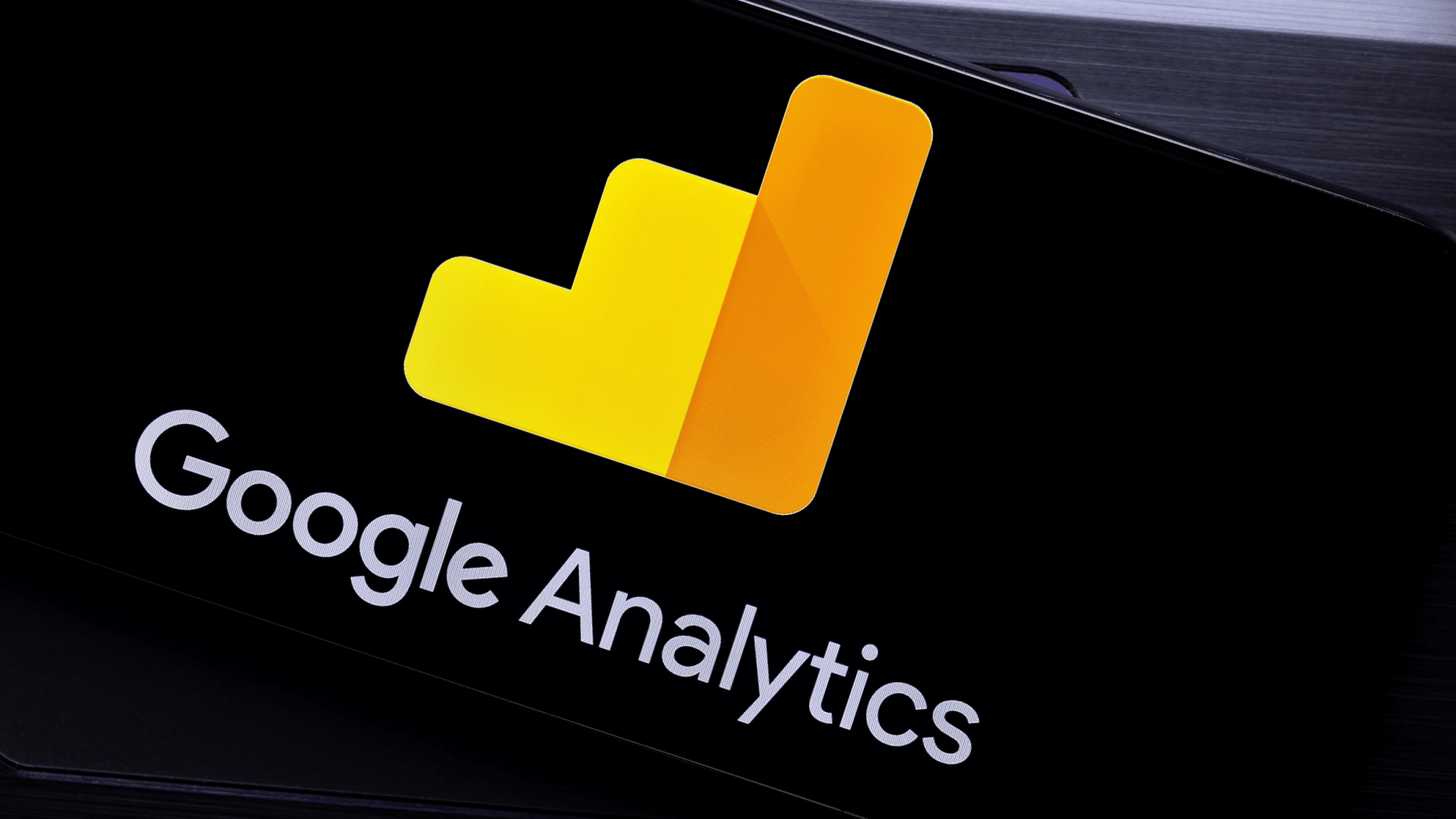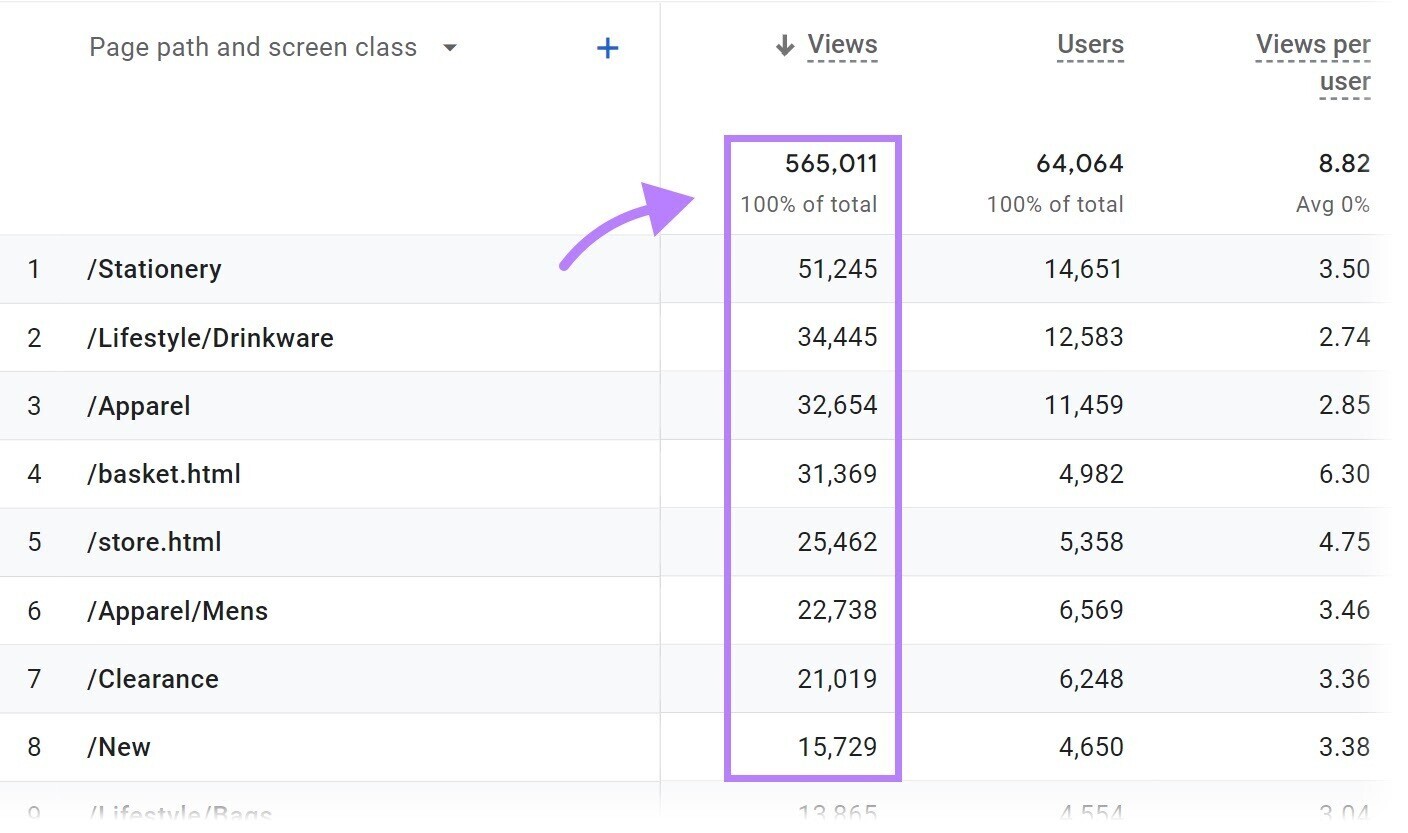Master Web Site Insights With Accurate Google Analytics Monitoring Code
The efficient utilization of Google Analytics pivots on the precise execution of its tracking code, a basic step usually ignored by site proprietors. What are the common pitfalls that could weaken your monitoring initiatives, and exactly how can you ensure precision in your method?
Recognizing Google Analytics Fundamentals
Google Analytics is a vital device for web site owners and marketers, giving vital insights right into user habits and website efficiency. At its core, Google Analytics accumulates data concerning site visitors to a website, permitting individuals to examine metrics such as web traffic resources, user interaction, and conversion prices. Understanding these fundamentals is vital for optimizing a site's efficiency and boosting user experience.
The platform utilizes cookies to track interactions, taping information such as web page views, session durations, and bounce rates. This info is accumulated and offered via customizable dashboards, allowing customers to visualize patterns gradually. Secret efficiency indications (KPIs) can be kept an eye on, such as the overall variety of customers, brand-new versus returning site visitors, and the geographical circulation of the audience.
Moreover, Google Analytics offers segmentation functions, enabling individuals to separate details traffic sources or individual demographics for even more targeted evaluation. By mastering these foundational components, site owners can make enlightened decisions concerning web content approach, marketing projects, and total website enhancements. Eventually, understanding Google Analytics fundamentals is essential for leveraging data to drive growth and achieve service goals properly.
Establishing Your Tracking Code

Replicate the given monitoring code and paste it into the HTML of your web site. Ideally, this code ought to be placed in the header section of every web page you wish to track. This guarantees that the tracking code tons prior to any various other content, enabling it to catch information properly. There are plugins offered that simplify the combination procedure. if you are utilizing a content monitoring system (CMS) like WordPress.
After installment, confirm that the monitoring code is working properly by utilizing Google Tag Aide or the Real-Time records in Google Analytics - when does the google analytics tracking code send an event hit to analytics?. This action is crucial to verify that your data collection is precise and energetic, setting the foundation for insightful analysis
Common Tracking Code Issues
This may take place when the monitoring code is placed in the wrong section of the website's HTML, often leading to absent or insufficient information. Additionally, having numerous circumstances of the monitoring their explanation code on a solitary web page can result in inflated metrics, as individual interactions may be counted more than when.
An additional concern emerges from the use of ad blockers, which can protect against the monitoring code from executing altogether, therefore skewing information. when does the google analytics tracking code send an event hit to analytics?. In addition, failing to set up filters correctly can result in the exclusion of vital web traffic resources or the incorporation of undesirable recommendation spam, distorting the data gathered
Site owners may likewise neglect the value of monitoring code updates, particularly when moving to Google Analytics 4 (GA4) from Universal Analytics. Last but not least, not enough screening before introducing modifications can result in undetected mistakes in the monitoring code, better making complex data reliability. Dealing with these common issues is crucial for guaranteeing exact monitoring and insightful analytics.
Analyzing Site Data Effectively
Exact information collection is only the very first step in leveraging Google Analytics; the genuine value hinges on efficiently evaluating that information to drive educated decision-making. To achieve this, it is essential to recognize crucial performance indications (KPIs) that straighten with your business objectives. Focus on metrics such as conversion prices, individual engagement, and web traffic sources, as these will certainly provide understandings into customer behavior and the general effectiveness of your web site.
Utilizing Google Analytics' division attributes permits a much deeper understanding of your audience. By damaging down data into details demographics, habits, and web traffic channels, you can uncover fads and patterns that educate targeted approaches. Applying advice personalized records and control panels can enhance this procedure, allowing fast access to essential data.
In addition, routinely assessing data patterns over time assists to visit the site recognize anomalies and opportunities for improvement. Make use of visualization devices to present information in a quickly digestible layout, helping with more reliable communication with stakeholders. Ultimately, the capability to assess website data successfully equips services to make strategic decisions that improve individual experience, maximize advertising and marketing efforts, and drive growth.

Best Practices for Accurate Tracking
Applying efficient tracking techniques is important for obtaining trusted information in Google Analytics. To make certain exact monitoring, begin by correctly mounting the Google Analytics tracking code on every page of your internet site. This can be achieved through a tag manager or by straight embedding the code right into the HTML.
Next, configure your Google Analytics account to leave out internal web traffic. This can be done by setting up filters that determine and eliminate brows through from your organization's IP address, therefore avoiding skewed information. Furthermore, utilize occasion tracking to check specific user communications, such as downloads or video clip plays, which standard page sights may ignore.
Routinely investigate your monitoring arrangement to validate that all features, such as goals and ecommerce tracking, are functioning correctly. Establish a constant identifying convention for your occasions and projects to promote easier reporting and analysis.
Lastly, think about leveraging UTM specifications for campaigns to acquire insights into the performance of different advertising and marketing initiatives. By following these finest techniques, you can enhance the precision of your information collection and evaluation, ultimately causing even more informed decision-making for your internet site.
Final Thought
By guaranteeing the tracking code is correctly put and on a regular basis investigated, site proprietors can catch vital individual communication information, thus assisting in the identification of vital efficiency signs. Inevitably, a robust monitoring framework boosts the capability to drive involvement and enhance total site performance.

Inadequate screening prior to introducing modifications can result in undiscovered errors in the monitoring code, additionally complicating data integrity.Implementing effective monitoring techniques is vital for acquiring reliable information in Google Analytics. By making certain the tracking code is correctly positioned and routinely audited, internet site proprietors can capture essential customer communication data, hence assisting in the identification of essential efficiency signs.